Recommended Articles
Did you know?
Friday, 20th of July 2018

Fun Facts about Croatia
- Kingdom of Croatia and Kingdom of Hungary in 1102 were ruled by the same King, Ladislaus I. Hungary plays a significant role in contributing towards Croatian tourism. Hundreds of thousands of Hungarians visit Croatia every year.
- Because of a variety of dialects that are spoken in the country, it is common to find people having difficulty in understanding each other’s’ language and intention.
- During the World War II, the Croats murdered between 70,000 and 100,000 people. This mass killing was done while pursuing a policy of racial and ethnic persecution.
- The remains of a German WWII ship can be seen in just a few metres of clear water in Zavratnica bay.
- As per the World Bank, Croatia is a high-income economy.
- Out of the numerous deep caves in Croatia, at least three are deeper than 1,000 m.
- The Walls of Ston, Croatia, is the longest fortress system anywhere in the world. The great walls protected the city from Ottomans for the last 500 years. The walls are 5 kilometres long and aptly surround Ston and its neighbor Mali Ston.
- Croatia has only one Noble Prize winner so far. That too was born in Austria-Hungary at that time. Leopold Ruzicka won the Nobel Prize in Chemistry in 1939.
- By geographical area, Croatia is 127th largest country in the world.
- Parachute was also invented in Croatia by Faust Vraneiae in 1617.
- Azithromycin: A world best-selling Antibiotic, was also invented in Croatia by Pliva, a pharmaceutical company headquartered in Zagreb.
- Croatian currency is named after a lime tree.
- Croatia is called Hrvatska in Croatian.
- Primary and secondary education is free in Croatia.
- There is a Museum of Broken Re l ationships in Croat i a . Heartbroken people donate the remainders of their loved ones in the museum. Nearly 1,000 people visit the museum every week!
Devuni Goonewardene
Latest Courses
News
Events
Image Galleries
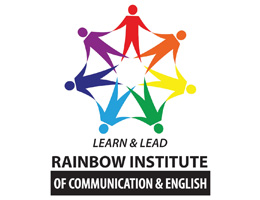
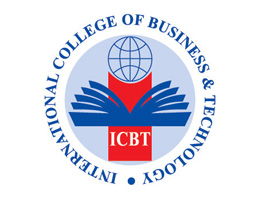


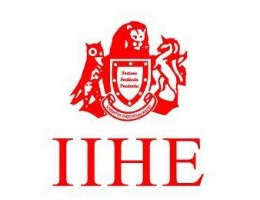


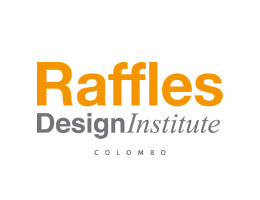
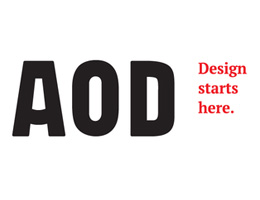
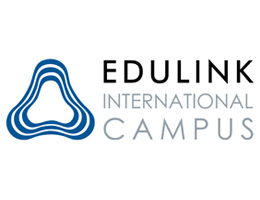

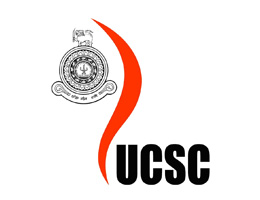

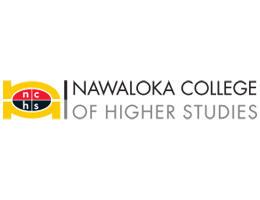
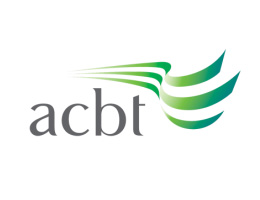
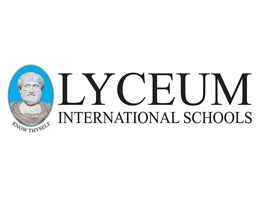
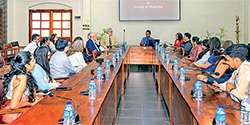
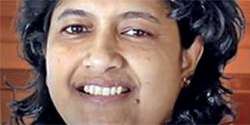
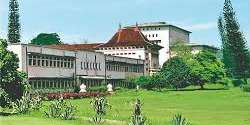


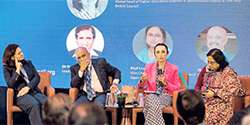

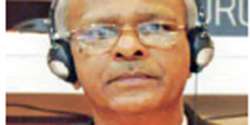
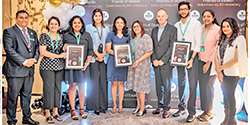

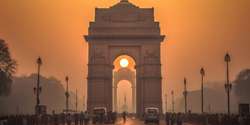
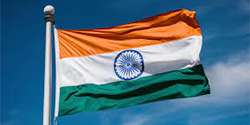
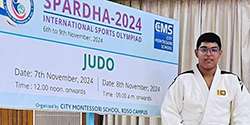



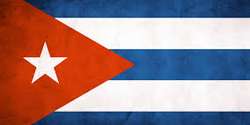

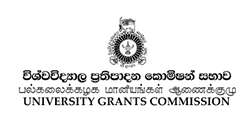
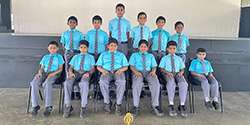
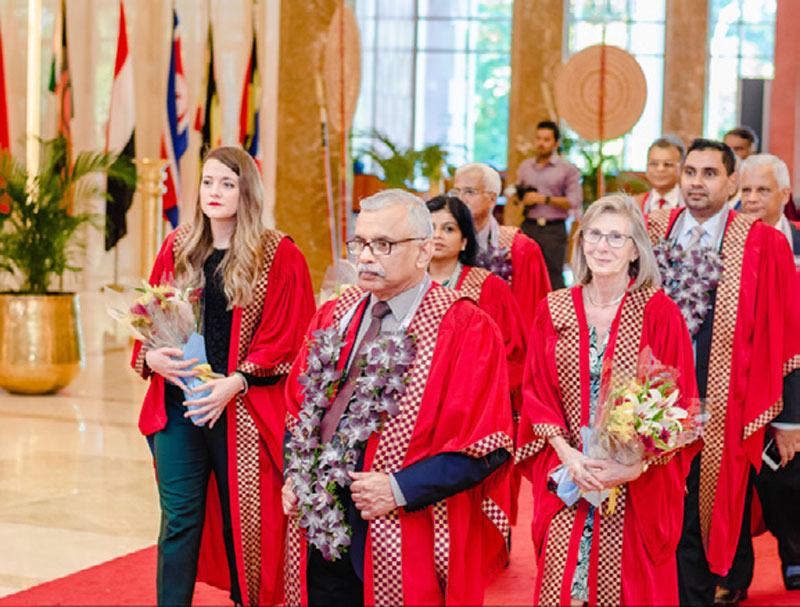

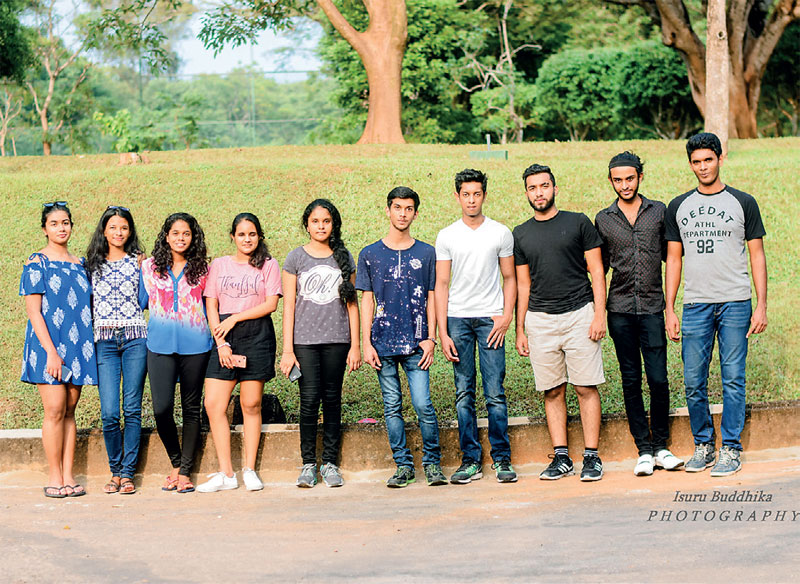
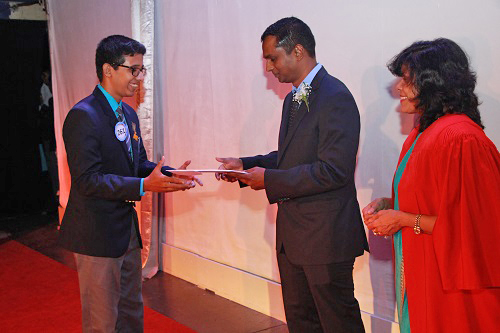
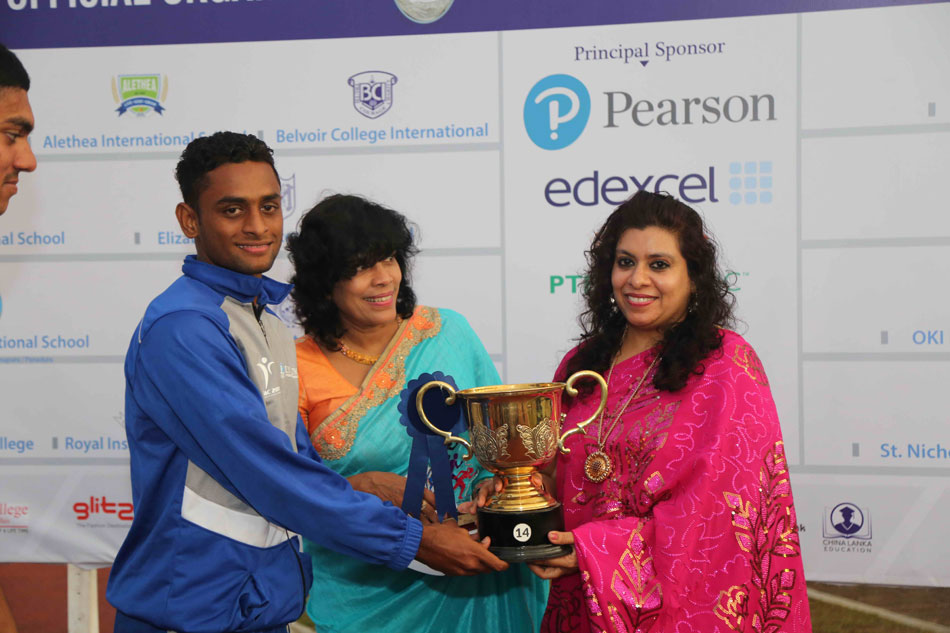
.jpg)
.jpg)
.jpg)

.jpg)
.jpg)
